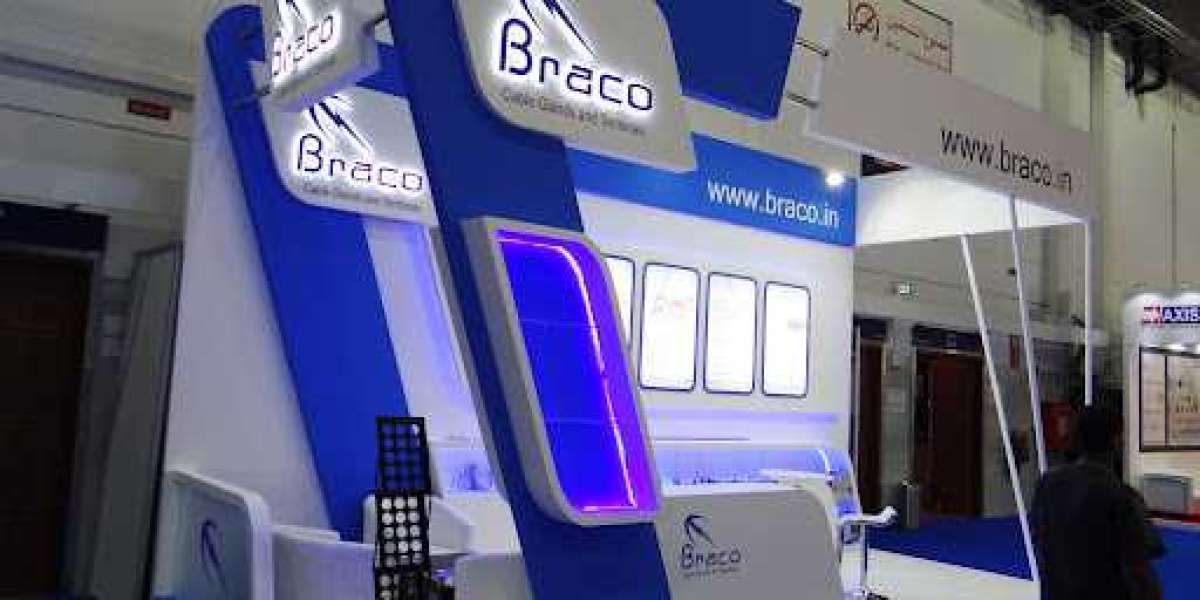Water Desalination: Unlocking the Potential of Saltwater Conversion
Introduction:
Water scarcity has become a pressing global issue, prompting the need for innovative solutions to ensure access to clean water. One such solution is water desalination, a process that converts seawater into freshwater by removing salts and impurities. The water desalination market has witnessed significant growth in recent years, driven by advancements in desalination technologies and increasing water demand. In this blog, we will delve into the water desalination process, explore different types of desalination methods, discuss the functioning of desalination plants, shed light on desalination water treatment, and highlight the importance of seawater desalination systems.
Water Desalination Market to grow at a CAGR of 8.93 % during the forecast period (2023 - 2030).
The water desalination process involves removing dissolved salts and other impurities from seawater or brackish water to make it safe for consumption or industrial use. This complex process typically comprises two main methods: thermal desalination and membrane desalination.
- Thermal Desalination: Thermal desalination employs heat to separate freshwater from saltwater. The most common technique in this category is multi-stage flash (MSF) distillation, which involves vaporizing seawater in multiple stages under different pressures to obtain freshwater. Another thermal method is multiple-effect distillation (MED), where the process is carried out in multiple chambers, each under reduced pressure.
- Membrane Desalination: Membrane desalination utilizes semi-permeable membranes to separate freshwater from saltwater. The two prominent techniques in this category are reverse osmosis (RO) and electrodialysis (ED). RO employs a high-pressure pump to force seawater through a membrane, allowing water molecules to pass while retaining salts. ED, on the other hand, uses an electrical current to separate ions from the water, resulting in freshwater.
Water desalination methods can be broadly categorized into two types based on the source of water: seawater desalination and brackish water desalination.
- Seawater Desalination: Seawater desalination is the process of converting seawater into freshwater. Due to its vast availability, seawater desalination has gained significant attention worldwide. It offers a reliable and abundant source of freshwater in coastal regions where alternative freshwater resources are limited. Seawater desalination techniques, such as RO and MSF distillation, are widely employed for large-scale desalination projects.
- Brackish Water Desalination: Brackish water desalination involves treating water with a lower salt content than seawater. This type of desalination is often utilized in regions where seawater is not readily accessible or in industries requiring specific water quality, such as agriculture or pharmaceuticals. Membrane-based techniques like RO and ED are commonly employed for brackish water desalination.
A water desalination plant is a specialized facility designed to carry out large-scale desalination processes. It consists of various components and stages to ensure the efficient conversion of saltwater into freshwater.
Read More:














